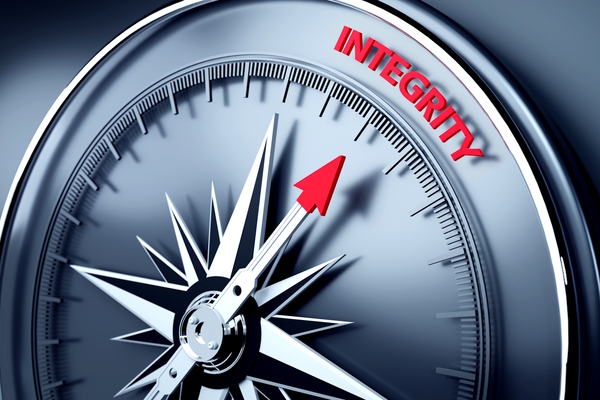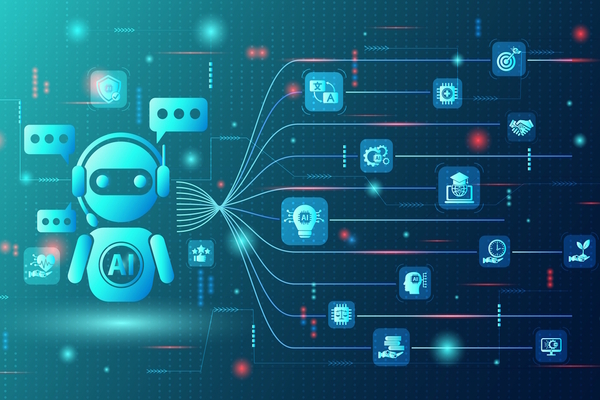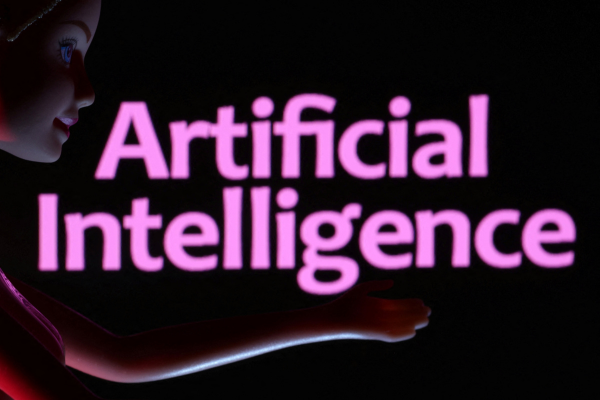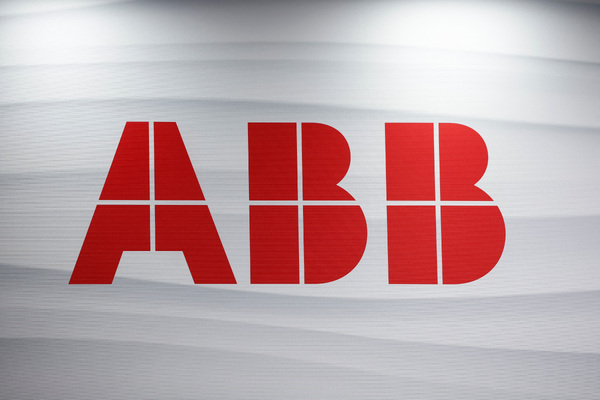Navigating Copyright in a New Era of AI-Generated Code
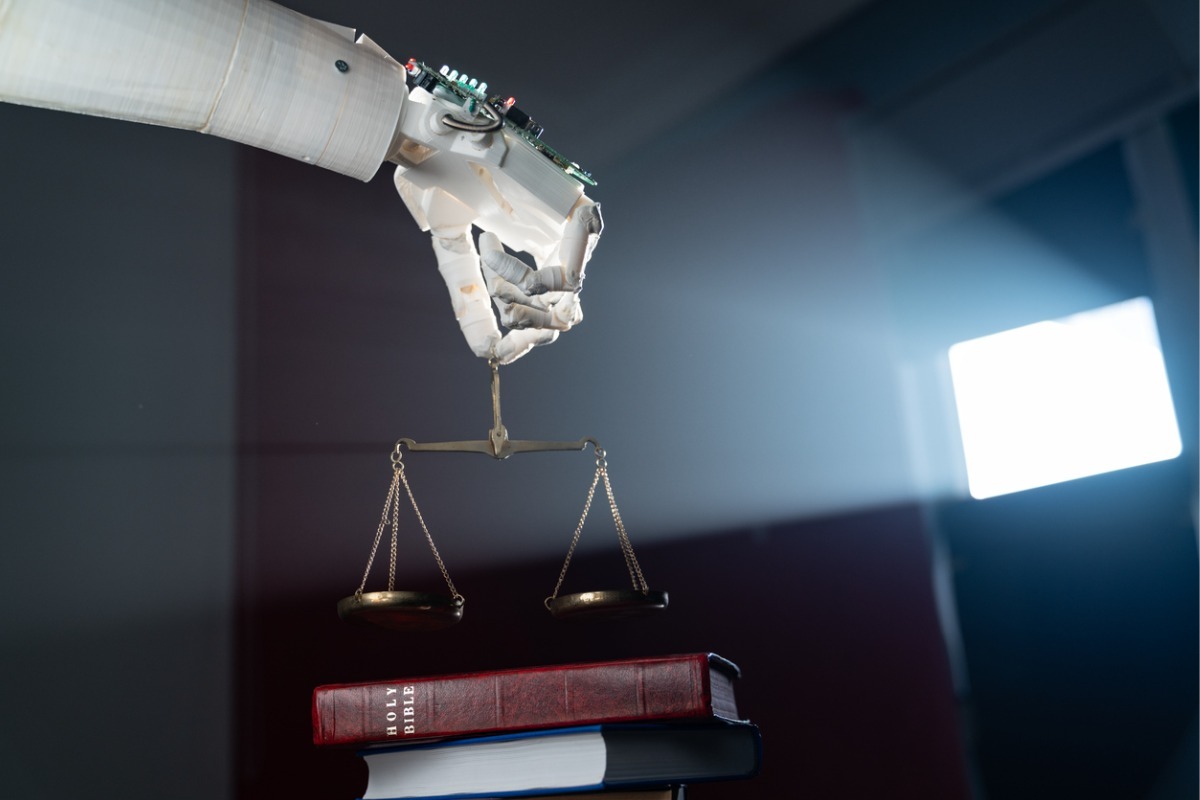
Rapid expansion of generative artificial intelligence (“AI”) promises to revolutionize many industries, including software development. Generative AI refers to algorithms, such as large language models, that can autonomously create original content, including images, music, text, and – critically for software companies – source code, all without direct human intervention. While the advent of generative AI tools offers compelling opportunities for software innovation, it also raises critical legal concerns: Who owns machine-generated code?
Can competitors copy it? Does using AI-generated outputs constitute fair use under the Copyright Act, or infringement? How can software companies protect themselves?
As the General Counsel of a leading SaaS fintech platform, I am intimately involved in finding answers to these questions for my company and our sponsors. This article addresses the issues surrounding whether AI-generated code qualifies for copyright protection, and proposes solutions for software companies to navigate this complex issue.
Artistry and Copyright Protection
Copyright law historically safeguards original works of authorship, including artistic, literary, and creative expressions. While human-generated source code can be eligible for copyright protection, the question of whether AI-generated code qualifies as a work of art is generally untested.
Recent guidance published by the U.S. Copyright Office confirmed that AI-generated works are unprotectable where human involvement is limited to providing a prompt that generates content. But, the Copyright Office also recognized that human selection, arrangement, and/or modification of AI-generated works may constitute human expression warranting copyright protection.
What does all of that mean for software companies? Murky waters. I recommend considering the following potential obstacles:
- Authorship: As a policy matter, copyright law is generally intended to protect the intellectual creations of humans. Thus, copyright law traditionally requires human authorship. AI-generated code, by contrast, is generated by computational processes and may lack direct human involvement in its creation.
- Purpose: Copyright protection is typically associated with creative or artistic works. Code, by contrast, primary serves a functional purpose by enabling computer systems to perform specific tasks. In other words, it is arguably utilitarian in nature, rather than an expression of creative ideas or artistry.
- Originality: Copyright protection requires a work to be (1) original; and (2) display a minimum level of creativity and novelty. AI-generated code, by contrast, is derived from preexisting codebases and data sources, and may lack the unique, original expression required for copyrightable works.
Against this backdrop, AI blurs the lines of authorship, artistry and originality, making it potentially challenging to attribute ownership. Moreover, if the output of the generative AI constitutes a derivative work – in other words, source code based on or derived from source code that already exists – use thereof may constitute infringement of preexisting code bases.
Proposed Solutions
So, is all hope lost? Hardly. To mitigate these risks areas, I recommend that companies implement and operationalize policy that demonstrates clear and consistent human involvement, creativity, artistry, and originality in the development of AI-generated code.
- Authorship: If human involvement in generating code involves creative choices and original contributions beyond automated AI processes, especially throughout the process of code creation and at key and consistent touchpoints – where the AI tool may be considered an “assistive instrument” in code generation – it may meet the threshold for human authorship warranting copyright protection as a creative work.
- Purpose: While copyright protection typically focuses on creative and expressive elements rather than functional aspects, if the code exhibits substantive expressive and creative choices that go beyond mere functionality, it may support a “work of art” classification.
- Originality: The concept of “art” is inherently subjective. If human involvement in generating code involves the use of innovative algorithms, novel coding techniques, or creative problem solving, it may strengthen the argument for considering the AI-generated output an artistic expression.
- Permission: Finally, to avoid infringement concerns, developers should ensure that they have permission to use copyrighted works to generate code using AI.
To optimize arguments in favor of copyright protection, I also recommend that software companies meticulously document, via both written policy and audit logging, the consistent involvement, creative choices, original contributions, and innovation of humans in producing AI-generated code.
While these proposed measures are likely to bolster arguments for considering AI-generated code worthy of copyright protection, it’s important to note that any such recognition would represent a shift in historical thinking about copyright protection of machine-generated content, that interpretations may vary across jurisdictions, and that actionable precedent is currently limited. In fact, the specific question of whether AI-generated work can be registered is currently being litigated.
While the debate on whether AI-generated code qualifies as a work of art deserving of copyright protection rages on, alternative mechanisms, including trade secret protection and contractual agreements, may provide legal protection and allow software companies to maintain control over proprietary code, even if copyright protection is not ultimately recognized for AI-generated code.
- Trade secret protection: Software companies can treat AI-generated code as trade secrets. By implementing and enforcing robust security measures and confidentiality agreements, companies may safeguard AI-generated code as valuable IP to ensure that proprietary code remains confidential and is not disclosed to or misappropriated by competitors.
- Licensing/Contractual Protections: Software providers may establish licensing agreements and contractual arrangements with AI providers to define key terms of use, access, and restrictions for AI-generated code. Clear agreements may help to protect the commercial value of the code and establish legal frameworks for its use.
- Collaboration: Rather than focusing exclusively on copyright protection, software companies can foster collaboration and innovation in the AI space by encouraging open-source contributions, sharing non-confidential aspects of AI-generated code, and engaging in research partnerships to facilitate collective advancement while protecting proprietary interests.
- Regulatory Frameworks: Software companies can encourage policymakers to create a legal framework that recognizes and addresses the unique characteristics of AI-generated code to differentiate it from traditional copyrightable works and promote responsible innovation.
Generative AI tools offer enormous potential for creativity and innovation. At the same time, AI raises important questions regarding the eligibility of AI-generated source code for copyright protection. By adopting a belt-and-suspenders approach, documenting human selection, arrangement, and/or modification of AI-generated code, implementing appropriate backstop protections, and confirming permissions before use, software companies will maximize opportunities to innovate while safeguarding intellectual property and avoiding infringement claims.
Matthew Arnould serves as General Counsel for Dynamo Software, the leading global, end-to-end cloud software platform for the alternatives ecosystem. Learn more at www.dynamosoftware.com

Business Reporter Team
Most Viewed
Winston House, 3rd Floor, Units 306-309, 2-4 Dollis Park, London, N3 1HF
23-29 Hendon Lane, London, N3 1RT
020 8349 4363
© 2025, Lyonsdown Limited. Business Reporter® is a registered trademark of Lyonsdown Ltd. VAT registration number: 830519543
